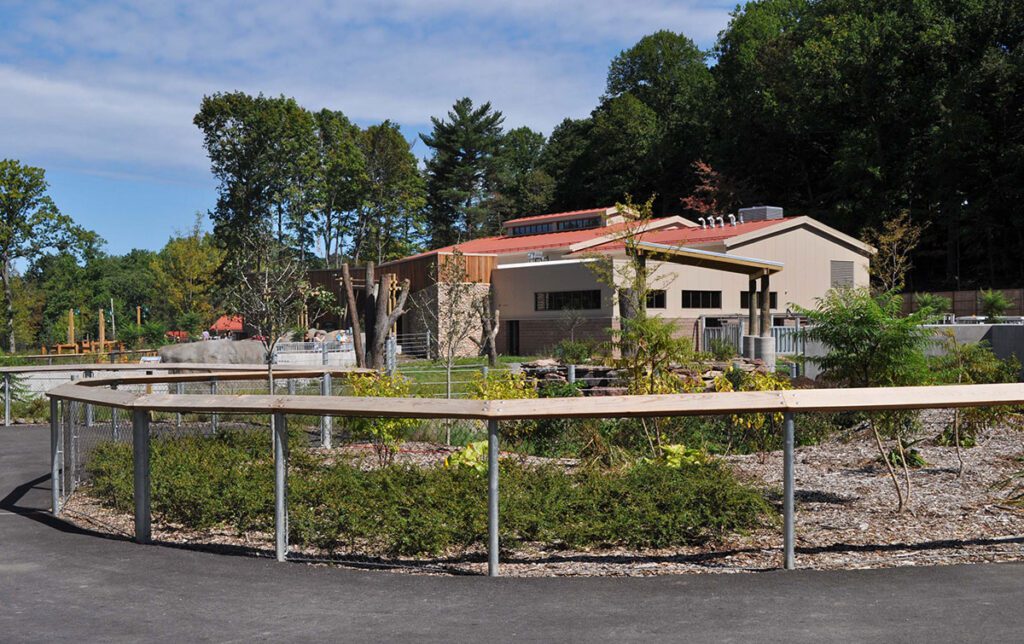May 13, 2019
Seneca Park Zoo is undergoing a transformation, and we’ve highlighted the ways our Master Plan improves the guest experience through amenities like the tram, a new café, and the ability to get closer than ever to animals at the Zoo. The overarching goal of the Zoo’s Master Plan, though, is improving the welfare of the animals.The Cold Asia habitats that opened last spring provided a new home for our snow leopards and allowed for the addition of red pandas. In contrast to the previous snow leopard habitat, the new habitat has varied substrates and levels, with high perches that allow the cats to engage in species-typical behaviors like climbing and jumping. A variety of doors and chutes inside allow the cats more opportunity to choose different spaces to occupy, and a built-in scale in one of the chutes makes it easier than ever for the cats to participate in their own health care. As the Snow Leopard Species Survival Plan (SSP) has recommended Kaba and Timila breed, these improvements well position us to hopefully welcome snow leopard cubs to the Zoo this spring for the first time in 25 years. Custom-made nest boxes in the red panda habitat give the female a choice for cubbing, when she becomes pregnant. The indoor areas of both habitats are equipped with air conditioning to make the animals more comfortable when the weather outdoors is not ideal for them.The Animals of the Savanna expansion, which opened last fall, more than tripled the size of our southern white rhinoceros habitat. The spacious indoor savanna barn provides supplemental heating from above and below to ensure our African animals are comfortable all winter long. Both the giraffe and rhino sides of the barn have a built-in floor scale, which allows us to easily track body weight as an indicator of overall health. The barn also has chutes with removable panels to allow safe access to different body parts for health check-ups. Additionally, the barn doors were configured to make training the animals easier. Elevated feeding platforms throughout the giraffe indoor and outdoor yards promote the giraffes’ natural feeding behaviors.With County Executive Cheryl Dinolfo’s support, we’ve also leveraged other Monroe County resources to promote animal welfare. For example, after an exhaustive search benchmarking with zoos literally around the world, we decided mulch was the best substrate for our giraffes. The County Parks Horticulture Department provided the Zoo with the 600 yards of mulch required – this was the only way to obtain that quantity and to be certain no toxic trees or chemicals were used. And as with all new construction, we continue to improve the habitats as we identify opportunities to promote animal welfare. Just this week, the County Parks Facilities team built and installed the Panda Pagoda in the red panda habitat to provide them with additional climbing and shade opportunities, which we hope will make the red pandas more visible to guests this summer.Most dramatically, we demolished the antiquated Main Zoo Building, a menagerie-style remnant of the Zoo’s yesterday, inconsistent with current zoological practice. This year, we will design a new Tropics Complex, with an anticipated opening in 2022. With this modern facility, we’ll be able to bring orangutans and lemurs back, as well as introduce gorillas to our Zoo for the first time. We’ve already decided upon our overarching goal for the new habitats: provide as large and complex an environment for the animals as possible to promote their natural behaviors. For instance, since orangutan means “person of the forest,” the orangutan habitat will feature tall climbing structures to allow the animals to engage in species-typical climbing and swinging. We will have features like large indoor habitats as nice as the outdoor ones, as well as behind-the-scenes amenities similar to the ones that I’ve already mentioned, which improve our ability to provide excellent care to each animal.
To sum it up, the Master Plan is about providing the very best welfare possible for the animals who live at the Zoo, in addition to enhancing the experience for guests who visit. Plan your next visit to Seneca Park Zoo today and be a part of the transformation!
– Dr. Louis DiVincenti, Assistant Zoo Director – Animal Care & Conservation








